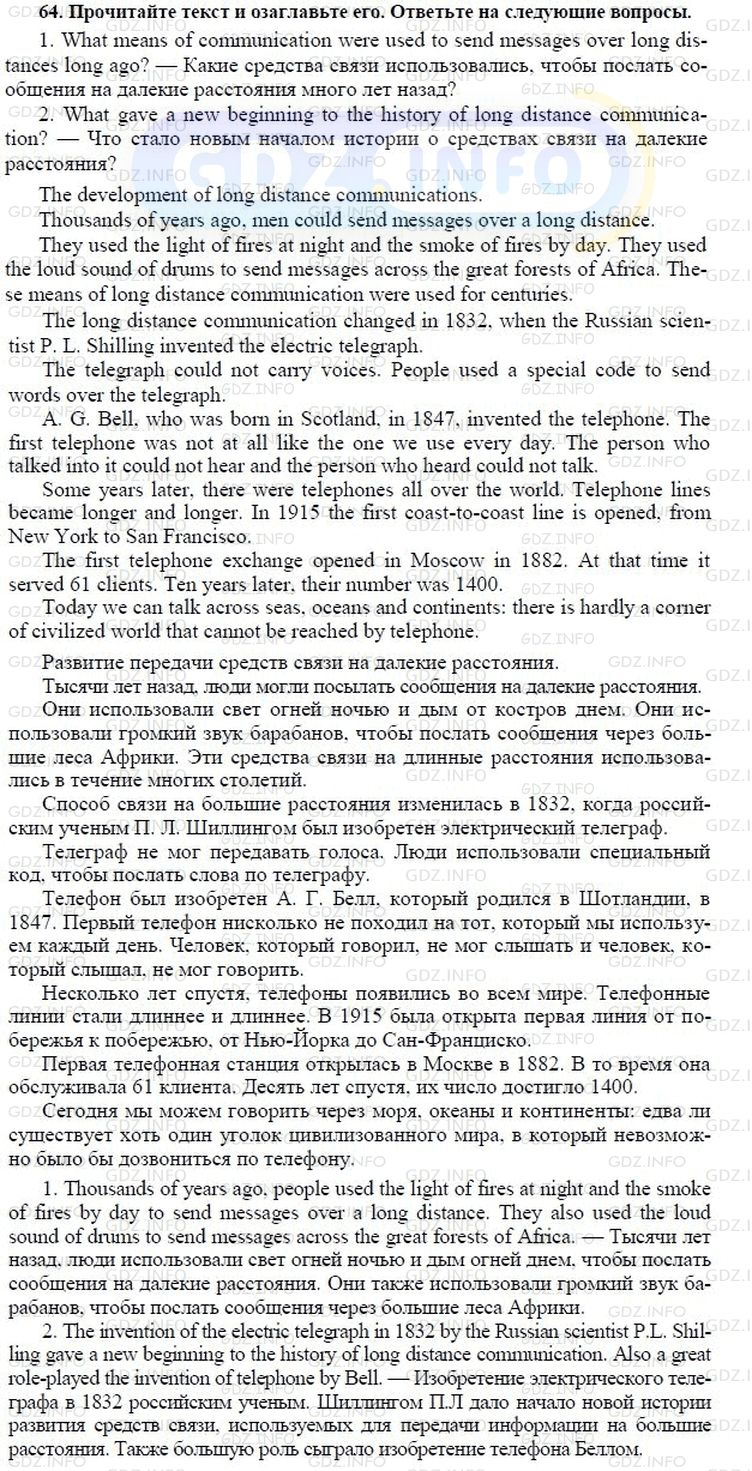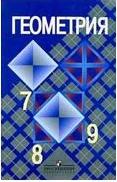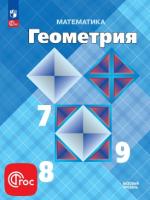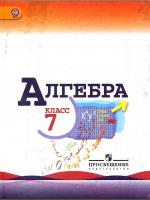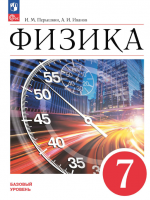Ваше сообщение отправлено
и скоро будет рассмотрено
Ответ на Sections №64, Unit 1 из ГДЗ по Английскому языку 7 класс: Биболетова (Учебник Enjoy)
ГДЗ (готовое домашние задание из решебника) по Английскому языку 7 класса авторов М.З. Биболетова, Н.Н. Трубанева, 2008-2019г. на Sections №64, Unit 1. The World Teenagers' Comptetition.
Условие
Read the text and entitle (озаглавьте) it. Answer the following questions:
1. What means of communication were used to send messages over long distances long ago?
2. What gave a new beginning to the history of long distance communication?
Thousands of years ago, men could send messages over a long distance.
They used the light of fires at night and the smoke of fires by day. They used the loud sound of drums to send messages across the great forests of Africa. These means of long distance communication were used for centuries.
The long distance communication changed in 1832, when the electric telegraph was invented by the Russian scientist P. L. Shilling.
The telegraph could not carry (передавать) voices. People used a special code (код) to send words over the telegraph.
The telephone was invented by A. G. Bell, who was born in Scotland, in 1847. The first telephone was not at all like the one we use every day. The person who talked into it could not hear; and the person who heard could not talk.
Some years later, there were telephones all over the world. Telephone lines became longer and longer. In 1915 the first coast-to-coast line was opened, from New York to San Francisco.
The first telephone exchange (телефонная станция) opened in Moscow in 1882. At that time it served 61 clients. Ten years later, their number was 1400.
Today we can talk across seas, oceans and continents: there is hardly a corner of civilized world that cannot be reached by telephone.
1. What means of communication were used to send messages over long distances long ago?
2. What gave a new beginning to the history of long distance communication?
Thousands of years ago, men could send messages over a long distance.
They used the light of fires at night and the smoke of fires by day. They used the loud sound of drums to send messages across the great forests of Africa. These means of long distance communication were used for centuries.
The long distance communication changed in 1832, when the electric telegraph was invented by the Russian scientist P. L. Shilling.
The telegraph could not carry (передавать) voices. People used a special code (код) to send words over the telegraph.
The telephone was invented by A. G. Bell, who was born in Scotland, in 1847. The first telephone was not at all like the one we use every day. The person who talked into it could not hear; and the person who heard could not talk.
Some years later, there were telephones all over the world. Telephone lines became longer and longer. In 1915 the first coast-to-coast line was opened, from New York to San Francisco.
The first telephone exchange (телефонная станция) opened in Moscow in 1882. At that time it served 61 clients. Ten years later, their number was 1400.
Today we can talk across seas, oceans and continents: there is hardly a corner of civilized world that cannot be reached by telephone.

